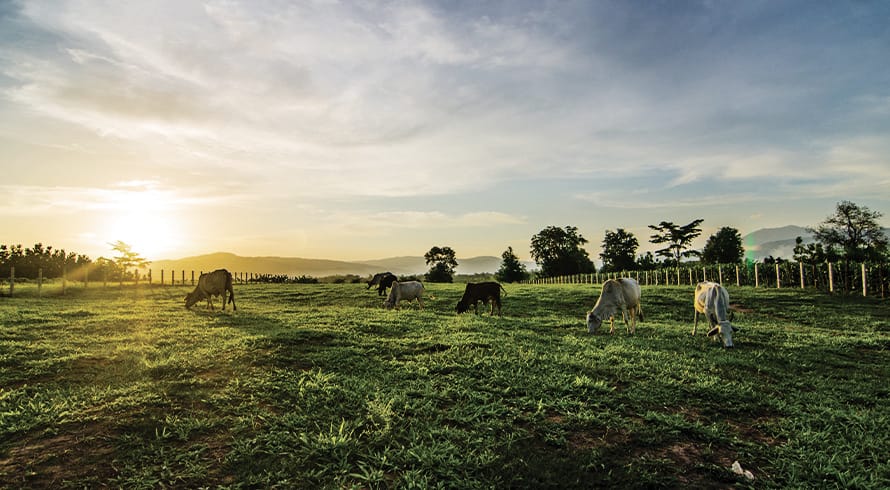New onerous regulation and financial implications for residue stockpiles and deposits
Legal obligations for residue stockpiles and deposits created by mining rights holders have been unclear since their inclusion in the National Environmental Management: Waste Act, 59 of 2008 ("Waste Act"). Residue stockpiles and deposits were previously regulated under the Minerals and Petroleum Resources Development Act 28 of 2002 ("MPRDA"). If the residue stockpiles and deposits constitutes waste, as defined under the Waste Act, they will now be regulated by the Waste Act.
Regulations concerning the planning and management of residue stockpiles and deposits have recently been published under the Waste Act.
This comes shortly after the High Court, in the matter of Aquarius Platinum SA (Pty) Ltd v Minister of Water and Sanitation & Others (unreported case 75622/2014 (GNP)) set aside the promulgation of the National Environmental Management Laws Amendment Act 25 of 2014 ("NEMLAA"), which amended the Waste Act to include residue stockpiles and deposits. The reasoning for setting aside NEMLAA was that it required residue stockpiles and deposits to be managed in the 'prescribed manner'. It was held that the absence of regulations under the Waste Act dealing with planning and management of residue stockpiles and deposits created legal uncertainty, as companies would be left with no direction on how to deal with such residue in the 'prescribed manner'.
The Constitutional Court would need to confirm the High Court's judgment but the current promulgated Regulations may render the matter moot, in which case it may not considered by the Constitutional Court.
The Regulations have provisions regarding the planning and management of residue stockpiles and deposits. This includes prescribed characterisation and classification processes; risk analysis and design and site selection process (including geotechnical and hydrological investigations). The ongoing determination and management of their impacts; and monitoring and reporting systems are also dealt with.
Pollution control barriers systems must now be designed according to previous regulations published under the Waste Act that were compiled for landfill sites. These systems may significantly increase the construction costs for mining companies, amounting to hundreds of millions of rand.
The requirements are far more onerous than those in the MPRDA and parties constructing or operating residue stockpiles and deposits are recommended to assess whether they are applicable to their operations.
The information and material published on this website is provided for general purposes only and does not constitute legal advice. We make every effort to ensure that the content is updated regularly and to offer the most current and accurate information. Please consult one of our lawyers on any specific legal problem or matter. We accept no responsibility for any loss or damage, whether direct or consequential, which may arise from reliance on the information contained in these pages. Please refer to our full terms and conditions. Copyright © 2025 Cliffe Dekker Hofmeyr. All rights reserved. For permission to reproduce an article or publication, please contact us cliffedekkerhofmeyr@cdhlegal.com.
Subscribe
We support our clients’ strategic and operational needs by offering innovative, integrated and high quality thought leadership. To stay up to date on the latest legal developments that may potentially impact your business, subscribe to our alerts, seminar and webinar invitations.
Subscribe




